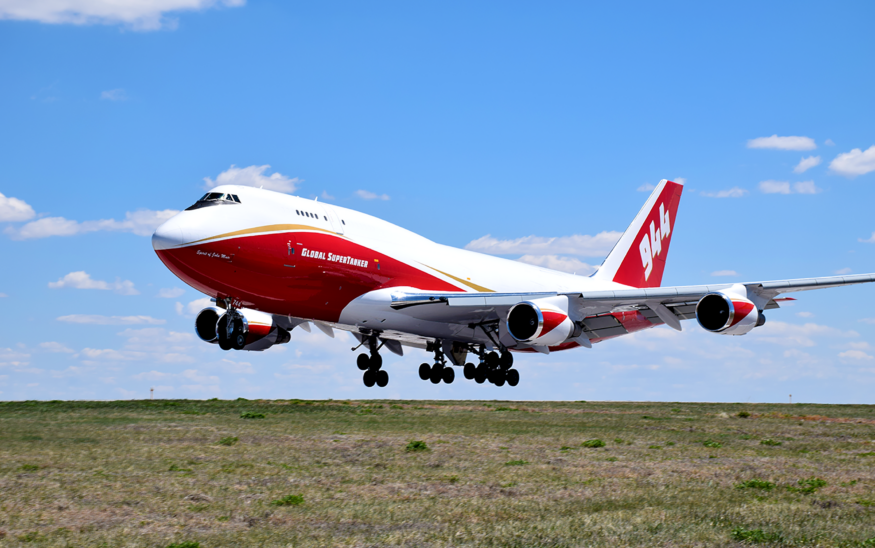Colorado Springs' Sky-High Ascent
Airport adds businesses, nonstop flights
Suzie Romig //November 14, 2017//


Colorado Springs' Sky-High Ascent
Airport adds businesses, nonstop flights
Suzie Romig //November 14, 2017//

Activity at Colorado Springs Airport is soaring to new heights, fueled by an economic development package attracting more aviation businesses and an expansion of domestic nonstop flights.
The city-owned airport, which has just 14 passenger gates and six carriers, has strengthened its operations in the last four years "with a lot of hard work – and political leaders backing our decisions and the direction of the airport," Assistant Director of Aviation Troy Stover says.
"We had this terrific asset being underutilized, and we wanted to capitalize on that," Colorado Springs Economic Development Manager Bob Cope says. "There's been a lot of emphasis on the airport as an economic development asset."
In addition to 130,000 square feet of new hangar space and $29 million in private investment in 2016 and 2017 the airport benefited from $22.6 million in Federal Aviation Administration-funded improvement projects for ramp area and taxi way reconstruction in 2016. The airport cuts costs with an in-kind trade with Peterson Air Force Base operations to provide aircraft rescue and firefighting services in exchange for 1,100 acres,
Stover says.
“The airport staff takes great pride in the fact that in the last three and a half years, we’ve lowered the costs that have a direct impact on the commercial airlines,” Stover says, noting cost-saving measures such as paying off past bonds and repurposing employees. “We’ve looked at the airport from a standpoint of diversified revenue across the entire airport, so we have more industries and businesses sharing in the overall cost.”
The rates and charges assessed to the airlines have been reduced by more than 50 percent since the airport became more cost-effective, which is especially attractive to low-cost carriers, Stover says.
Passengers at the airport peaked at 2.46 million in 1996 and dropped to 604,695 in 2015. With destinations added this year from Frontier and American Airlines, passenger numbers are on the rise, with an estimated 800,000 predicted for 2017, Stover says. As of mid-summer, COS offered nonstop flights to 17 U.S. airports.
In 2015, the airport implemented a 1,825-acre Commercial Aeronautical Zone featuring local tax incentives coupled with Aviation Development Zone and Enterprise Zone state incentives and a federal Foreign Trade Zone. The performance-based tax incentives for expanding or incoming aviation businesses are “competitive on a national basis,” Cope says.
The aviation-focused zone attracted four larger businesses, bringing in some 200 additional jobs with Global SuperTanker Services, Trine Aero, Sierra Nevada Corp. and Rampart Aviation. This summer, Cutter Aviation expanded to add a new 60,000-square-foot hangar and an executive terminal for business and private aircraft operators.
Currently, 15 businesses are housed in the incentive zone, with some 500 acres still open for development — which Stover says translates to more than 20 years of room for growth.



























